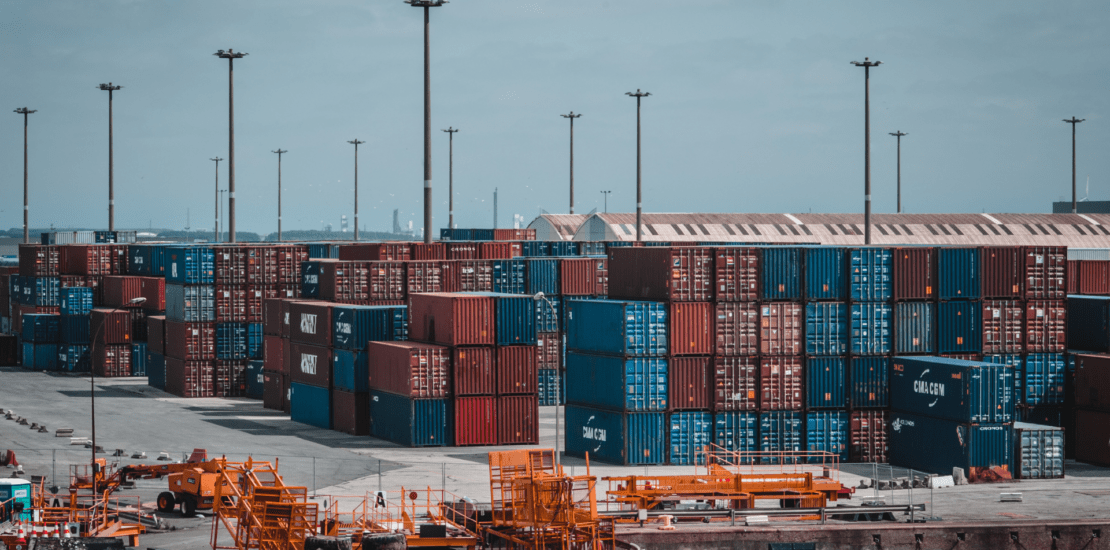
Containers, which are in a vital position in the logistics and supply chain, allow the products to be transported quickly, undamaged and reliably. Container transportation is a method used in all transportation modes, especially sea transportation. The containers used in international maritime transport operations are transported safely. These containers have different features from each other in terms of their dimensions and usage purposes. Container size is important for loads to be placed securely inside the container. For this reason, it is necessary to choose among the container types suitable for the loads.
What are the Container Types?
- Containers are divided into classes among themselves in terms of the features they have. These features give an idea about the issues to be considered in container selection. Container dimensions are also among these features. Container types are as follows;
- Standard Containers: This is the most commonly used container type. All its walls are closed. It has doors on the front and back. Since it is produced for general purpose use, loads that can fit through the door entrance are carried.
- Open Top Container: These are the containers whose roof can be opened optionally. They have a steel structure. Loads that are difficult to load and loads that are too large to fit through the door can be easily loaded from the ceiling.
- Open Top Container: It is the type of container that can be left open or closed with a tarpaulin. Thanks to the flexible structure of the canvas, very high and bulky loads can be transported with this type of container.
- Open Container: It has no ceiling and side walls. In particular, loads that do not fit in standard and open-top containers can be transported in open containers.
- Platform Container: They have a very strong base. It is used for very heavy loads overflowing from the front, back and sides.
- Refrigerated Container: It is the type of container whose internal temperature can be controlled and has its own cooling system. It is used quite frequently in the type of perishable product transportation, especially foods.
- Tank Container: It is used for the transportation of liquid and gaseous cargoes. The cylindrical tank is housed in a steel rectangular construction.
Bulk Container: It is used especially when transporting agricultural products.
Container Transportation and Its Advantages
- Containers, thanks to their features, enable logistics operations to be carried out more safely and quickly. The answer to the question of what are the advantages of container transportation can be given as follows;
- Thanks to durable containers, loads can be transported to the desired point without the need for handling inside the container.
- It provides easy filling and unloading.
- With its structure integrated with transportation types, it can be sent to the desired location by road, seaway and railway.
- They have a structure suitable for reuse.
- It protects the loads against external factors and offers the opportunity to transport them without being damaged.
- They have an airtight structure. In this way, they eliminate the risk of deterioration of loads.

